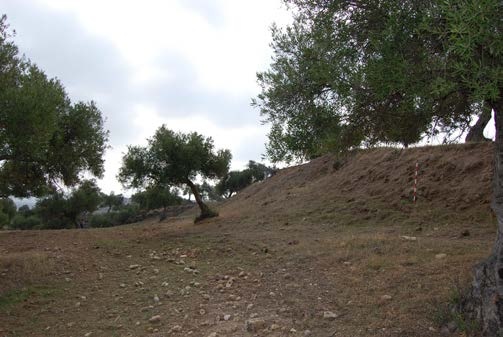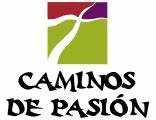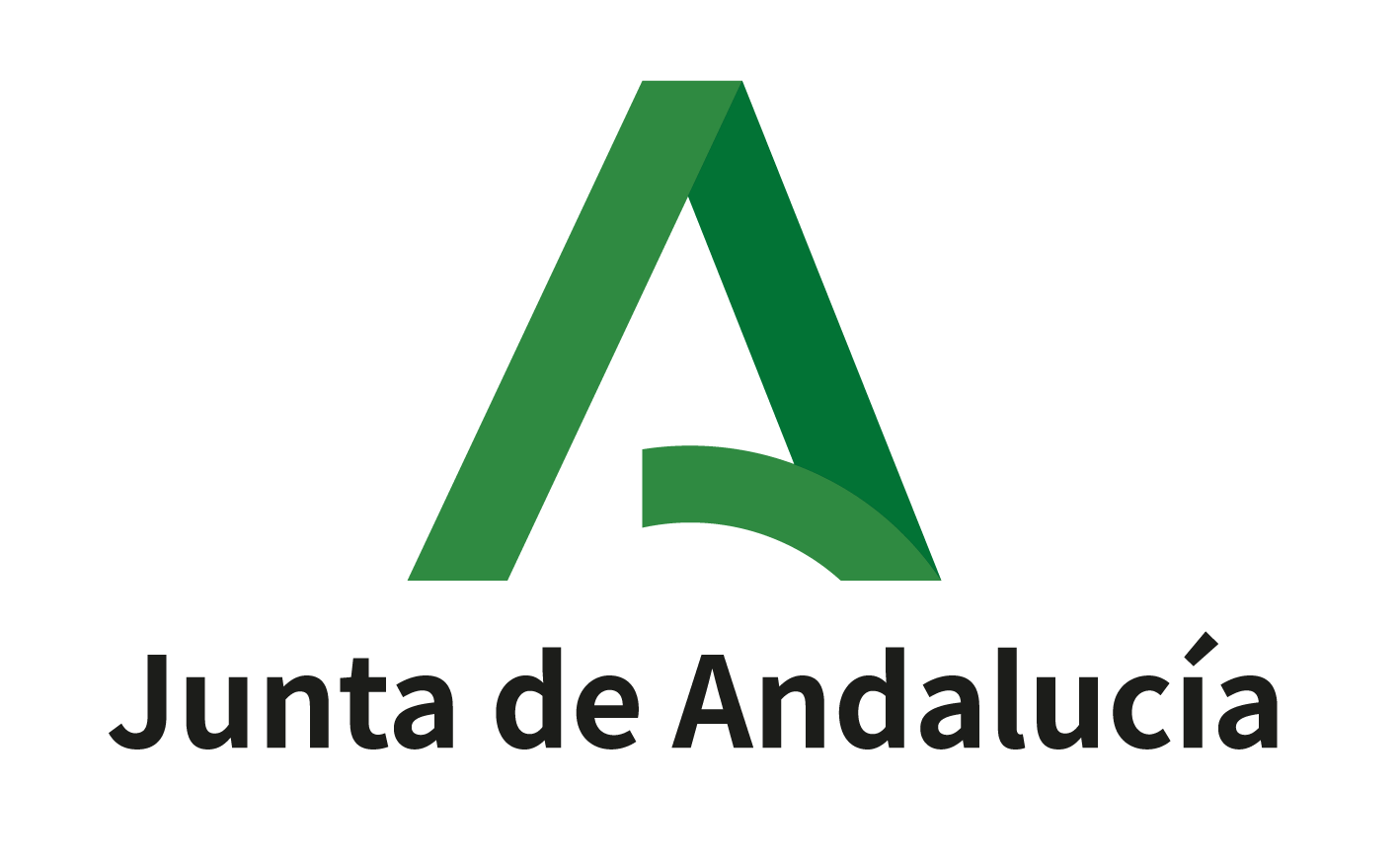
Remains of the wall
In 1903, two French archaeologists, Pierre Paris and Arthur Engel, excavated the defensive enclosure of the Iberian population of Urso, the last stronghold of Pompey's troops in their fight against Julius Caesar's forces. Subsequently, in 1973, using updated methodology, the area was studied by Ramón Corzo. The section of wall excavated during both interventions is located in the Way of Saint Joseph. The defensive system of the primitive settlement would not have been entirely perimeter-based, but rather comprised of discontinuous elements that protected the most easily accessible and least naturally protected areas. Traditionally, it has been dated to the mid-1st century BC. 1st century BC., although the most recent studies lean towards an older chronology. During the intervention, a wall measuring approximately 95 metres was discovered, reinforced with four semicircular towers. Its profile was stepped and followed the same layout as the quarry on which it stood, forming a large curve that turned towards the east. Among the wall's filling material, the famous series of reliefs was found, which, after passing through the Louvre, can be seen today at the National Archaeological Museum, Madrid.















